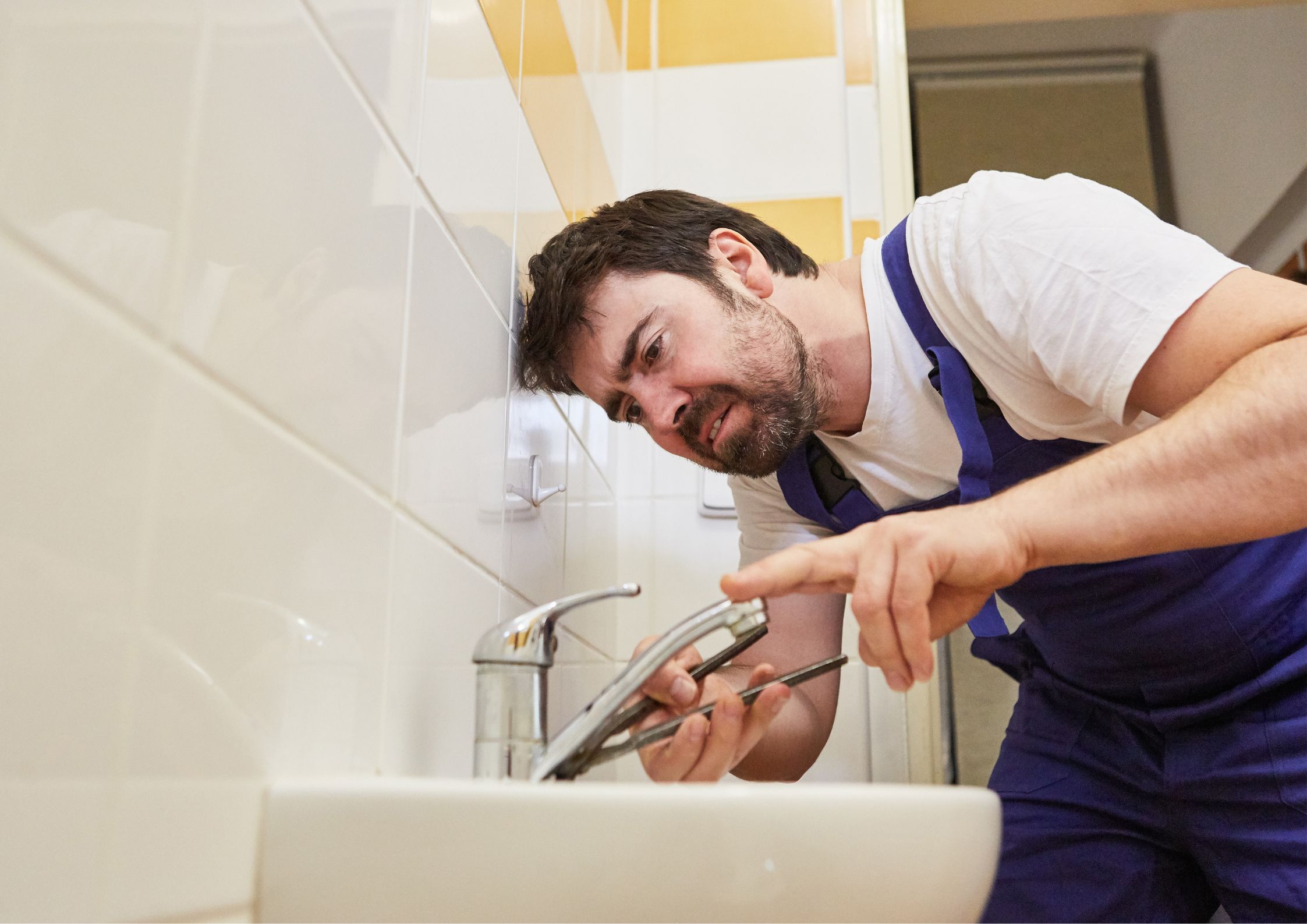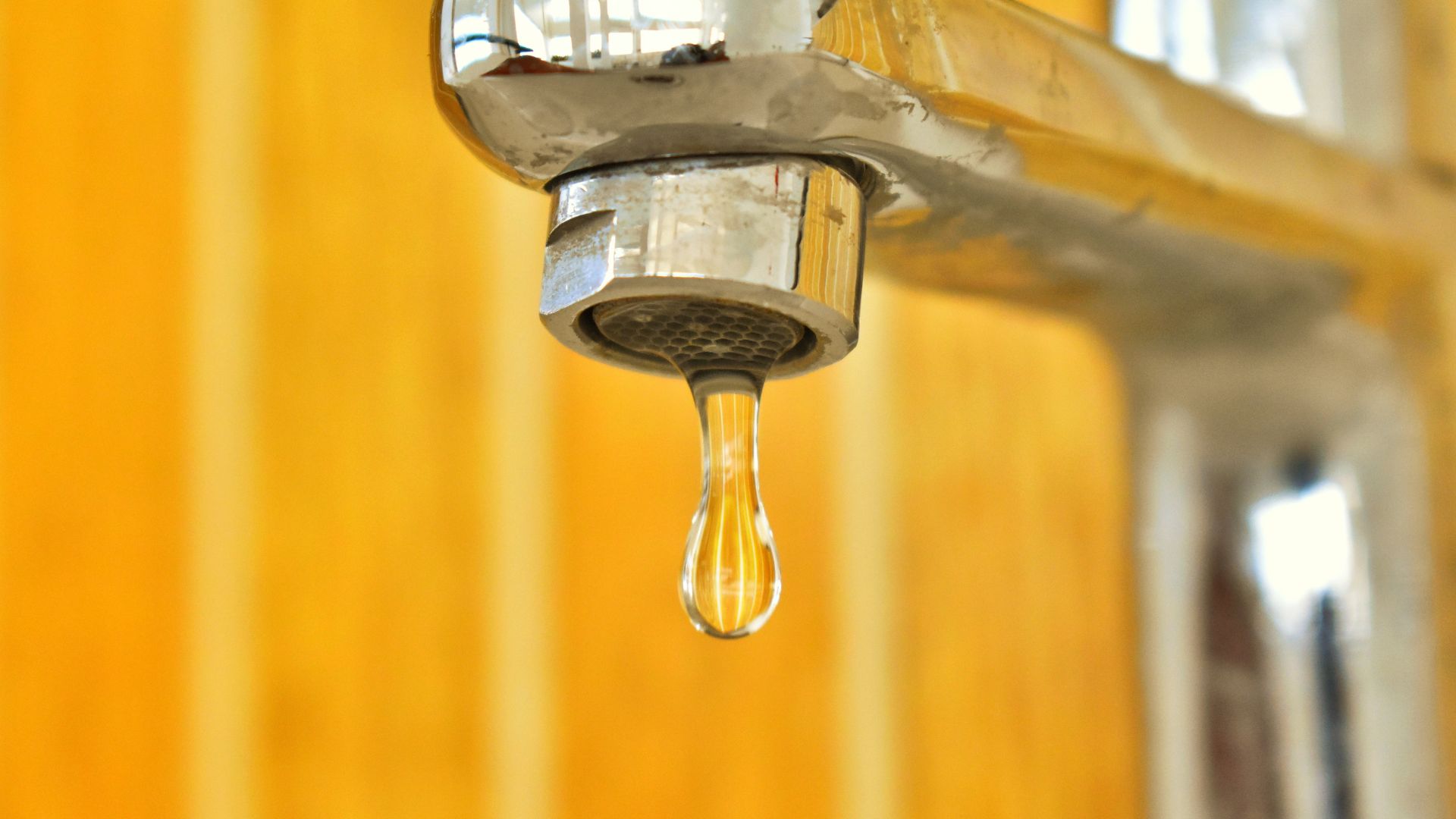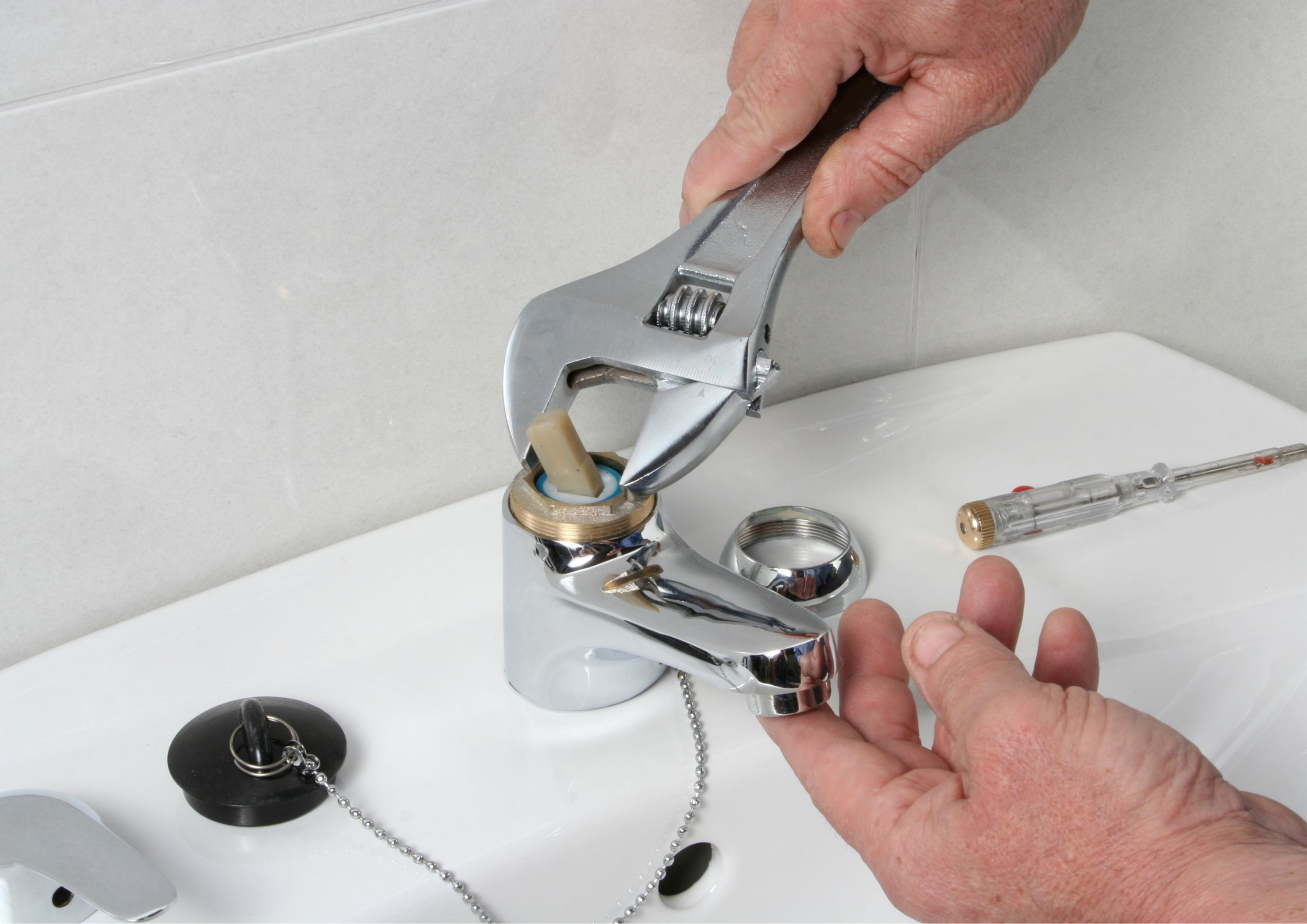Most homeowners are surprised when their faucets start giving trouble after only a few years. Technically, faucets can last 15 to 20 years, but in reality, many need replacement or repair much sooner. Why is that? The truth is that everyday use, water quality, and natural wear and tear all play a role in shortening a faucet’s lifespan.
In this article, we’ll explore the most common reasons faucets wear out prematurely, the signs you should watch for, and what you can do to keep your fixtures working smoothly for longer.
👉 If you want a deeper dive into this topic, check out our guide: Why Faucet Replacement Becomes Necessary: Signs, Causes, and Solutions.
How Long Should a Faucet Really Last?
On average, a well-maintained faucet should function effectively for 15 to 20 years. However, most homeowners end up replacing theirs much earlier due to issues like leaks, rust, or reduced water pressure. Factors such as hard water, daily usage, and even cleaning habits can affect the actual lifespan.
So if your faucet is only 5 to 10 years old but already acting up, don’t be surprised—there are plenty of reasons why it may fail ahead of schedule.
Common Reasons Faucets Wear Out
Let’s look at the leading culprits behind early faucet failure:
1. Mineral Deposits
- Cause: Hard water contains calcium and lime, which accumulate inside the faucet.
- Impact: Deposits clog aerators, restrict water flow, and make handles harder to operate.
- Solution: Regularly clean aerators or consider installing a water softener to reduce buildup.
2. Corrosion
- Cause: Water, cleaning chemicals, and oxygen can corrode the internal metal components.
- Impact: Corroded parts can lead to leaks, weakened water flow, and reduced efficiency.
- Solution: When corrosion sets in, replacement is often the best option.
3. Worn-Out Cartridges and Washers
- Cause: Faucets have moving parts like cartridges, O-rings, and washers that wear down over time.
- Impact: Persistent dripping or water that won’t shut off completely.
- Solution: Replacing these small parts can sometimes restore function, but in older faucets, full replacement may be more cost-effective.
4. Rust and Stains
- Cause: Exposure to moisture over time leads to visible rust and staining.
- Impact: Faucets may still work but look unattractive, lowering the appeal of your kitchen or bathroom.
- Solution: Polishing may help temporarily, but often, a fresh faucet replacement is the best fix.
5. Loose Handles or Levers
- Cause: Repeated turning, pulling, and pushing wears out internal connections.
- Impact: Handles feel wobbly, may squeak, or stop working smoothly.
- Solution: Tightening can help in the short term, but replacement may be needed if the problem keeps returning.
Why Early Faucet Issues Shouldn’t Be Ignored
It’s tempting to live with a small drip or squeaky handle, but ignoring faucet problems can cost you more in the long run:
- Higher Water Bills: Even a slow drip wastes gallons of water over time.
- Water Damage: Leaks under the sink can damage cabinets and flooring.
- Bacteria Growth: Moisture encourages mold and mildew in hidden areas.
- Frustration: Daily tasks like cooking or washing up become harder with a failing faucet.
Addressing faucet issues early prevents costly repairs and keeps your home functioning comfortably.
When to Repair vs. When to Replace
Not every faucet problem means you need a brand-new fixture. Here’s a quick guide:
- Repair Makes Sense If:
- The faucet is relatively new (under 7 years old).
- Issues are limited to small parts like washers, cartridges, or aerators.
- The finish still looks good.
- Replacement Is Smarter If:
- The faucet is over 10 years old.
- Corrosion, rust, or mineral buildup is severe.
- Multiple repairs haven’t solved the problem.
- You want an updated style or finish.
If you’re unsure which option is best, consulting a professional plumber can help you decide the most cost-effective route.
How to Extend the Life of Your Faucet
While some wear is inevitable, you can take steps to keep your faucet working longer:
- Clean Aerators Regularly: Unscrew and rinse out debris every few months.
- Use Gentle Cleaners: Harsh chemicals can damage the finish and internal parts.
- Fix Drips Quickly: Don’t let small leaks linger—early repairs prevent bigger issues.
- Install a Water Softener: Helps reduce mineral buildup from hard water.
- Operate Handles Gently: Avoid excessive force when turning on or off.
Considering a Faucet Replacement?
If your faucet is past its prime, replacement may be the best solution. A new fixture not only solves functional issues but can also refresh the look of your bathroom or kitchen.
We specialize in professional faucet replacement services that ensure your new fixture is installed correctly and built to last.
Final Thoughts
Faucets may be designed to last up to 20 years, but in reality, many fail much sooner due to mineral deposits, corrosion, worn-out parts, rust, and loose handles. Addressing these issues promptly can save you money, prevent damage, and keep your home running smoothly.
If you’re noticing signs of faucet trouble, don’t wait until the problem gets worse. Reach out to a trusted plumber for advice or schedule a service appointment today.
✅ Key Takeaway: Faucets don’t always fail because of age. Everyday wear, water quality, and small ignored problems often lead to early replacement. Staying proactive helps you avoid unnecessary headaches and keeps your home comfortable.



